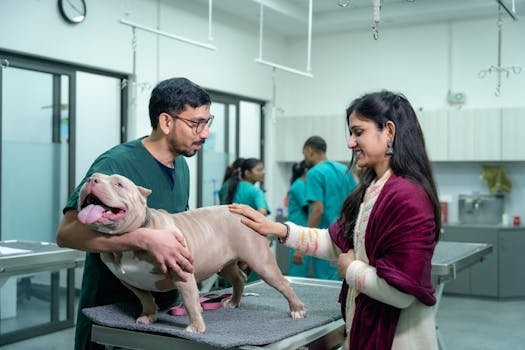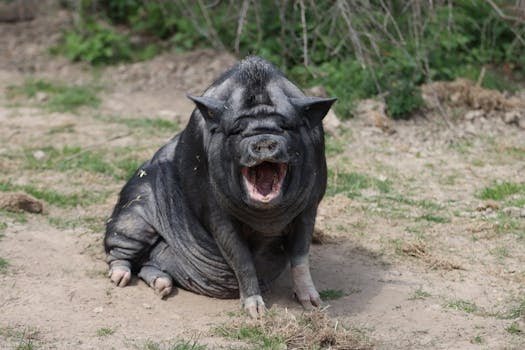Handling your pet’s weight
Managing your pet’s weight is not just a task; It is a fundamental part of ensuring their happiness and long life. We often overlook the fact that an overweight pet is not just a bit of a lube – it is in danger of serious health problems. The journey to effective control of pet weight begins with a harsh truth: We have to take a proactive attitude. No more sneaking treats under the table, no more pity for snacks. It’s about discipline and love.
First, let’s talk diet. Imagine if we ate burgers and french fries every day; Our pets are no different. Nutrition of quality is the cornerstone of weight control. Choose high -carbohydrate diets with high protein content and mirror the nutritional needs they naturally had. As with us, processed foods are a no-go. Check these labels – avoided fillers and artificial additives. Think fresh, lean meat and lots of vegetables. You wouldn’t feed your children’s junk, so why should you do it to your fur children?
Portion Control is another biggie. It is easy to overestimate how much food our pets need. The big, prayering eyes can deceive. Measure their food. Most pet feed comes with a feeding guide based on weight, but sometimes you need to adjust depending on their activity level. Too much food corresponds to excess calories, leading to weight gain. Simple math, right? Remember, it’s about quality, not quantity.

Exercise is the next piece of the puzzle. Like us, pets need regular physical activity to keep fit and trim. For dogs, this can mean longer, more frequent hiking or active play sessions in the park. Cats can be a little more difficult – Think laser spectacles, feather toys and climbing trees. The goal is to get their heart rate up and burn the extra calories. A tired pet is a happy pet and an active pet is a healthy pet.

Regular veterinary visits are crucial. Think of them as wellness checks, not just visit when something is wrong. Your veterinarian can give a clear picture of your pet’s overall health and help devise a weight management plan tailored to their specific needs. They can also exclude any underlying health problems that may contribute to weight gain. Sometimes it’s not just about food and exercise – hormonal imbalances or metabolic disorders can play a role.

Let’s not forget mental health. A kettle pet can turn to food for comfort, just as we had to. Keeping their environment stimulating is key. Puzzle feeding, new toys and social interaction can prevent overeating caused by boredom. It’s about creating a balance where physical and mental health goes hand in hand.
Here’s a quick anecdote: My friend’s dog, Max, was a good example of a success story for weight control. Max used to be quite the chunky puppy, always breathing and moving slowly. My friend started by cutting down on table residue and introducing more structured feeding times with proper portions. Daily walks turned into mini-adventure and explored new routes and parks. They even became creative with indoor activities during bad weather – think hide with goodies and obstacle courses made by sofa cushions. Slowly but surely slimming down Max. He became more energetic, playful, and even his coat looked brighter. Max’s transformation was a testimony of the force of consistent, attention -to -hearted pet care.
https://www.youtube.com/watch?v=2owrr_k7jb0
Finally, effective control of pet weight is cooked down to commitment and consistency. We owe our pets to give them the best possible care. It’s not just about avoiding the veterinarian’s shame scale – it’s about improving their quality of life. Every little step, from portion control to active play, adds a healthier, happier pet. So the next time your furry friend looks at you with the big, hopeful eyes, remember: A healthier goodbit in moderation and a race in the park is the best way to show your love.
